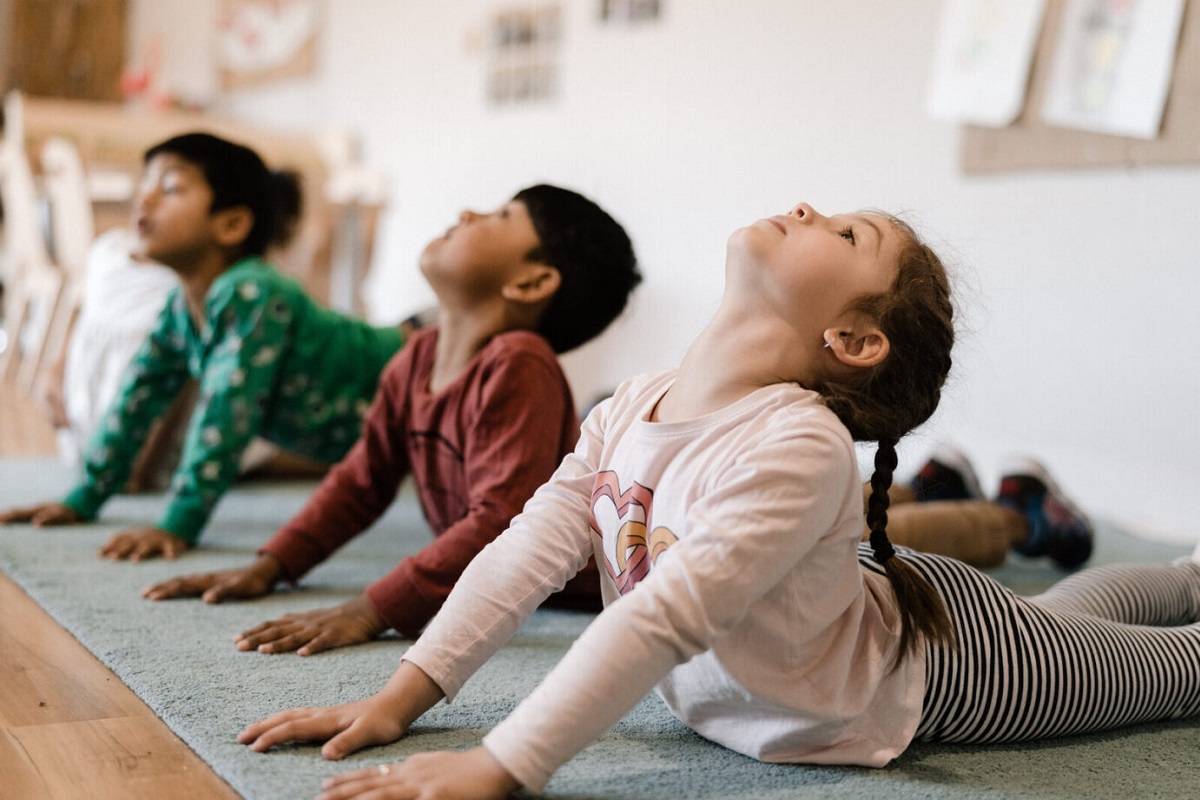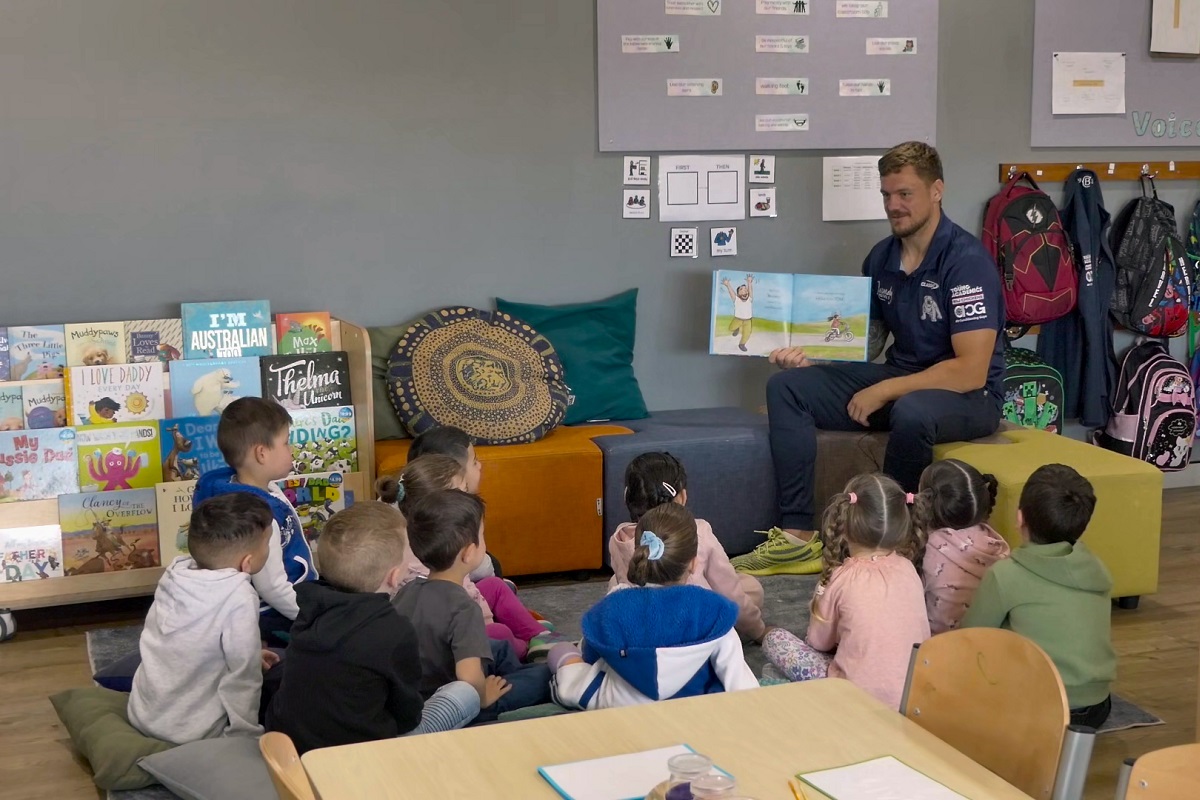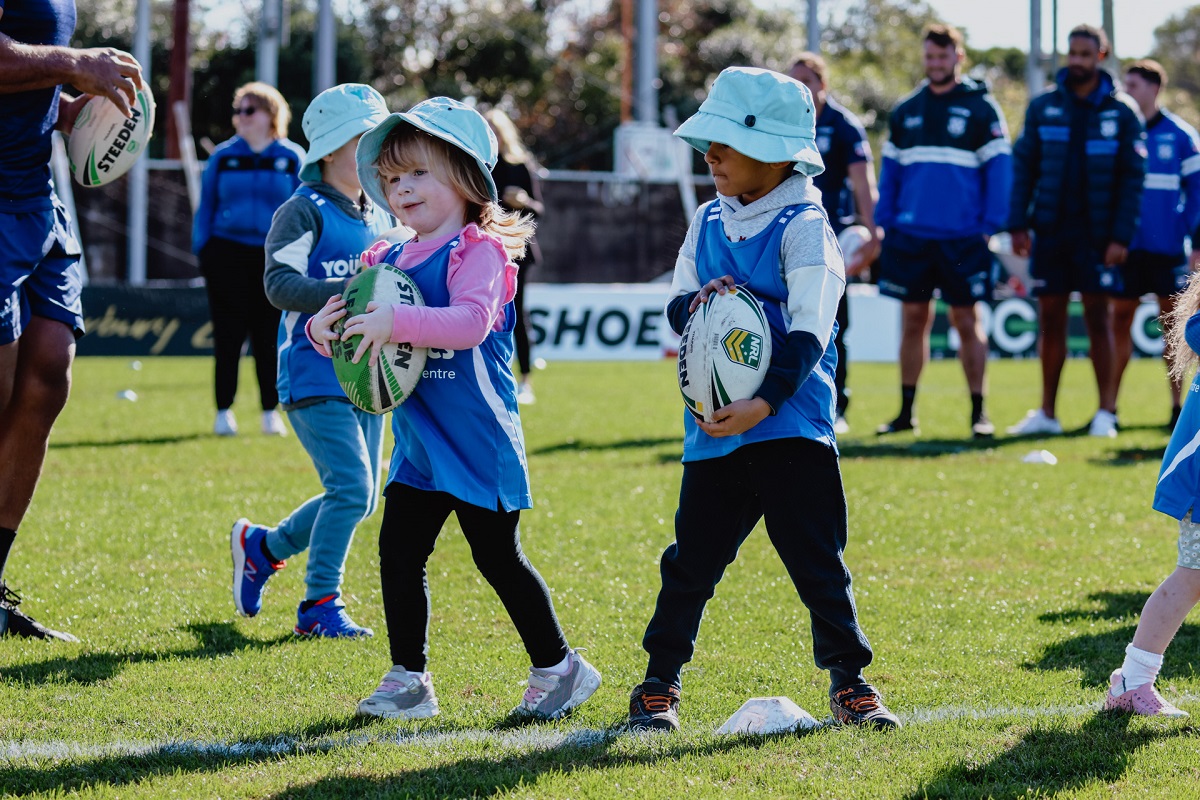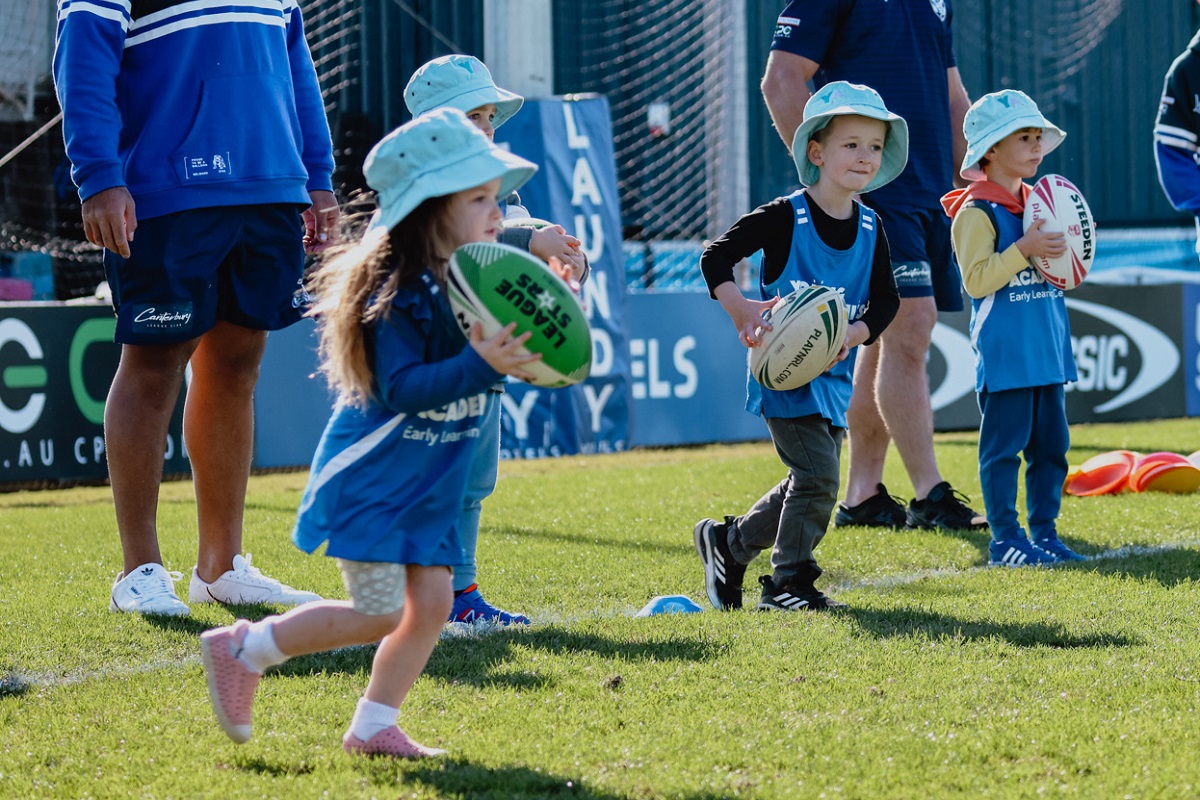In the whirlwind of a child’s world filled with playdates, school, and endless energy, introducing the practice of yoga can be a transformative gift. Beyond the physical poses and stretches, yoga offers a sanctuary for cultivating calm and confidence in young minds.
The Importance of Yoga for Children
1. Physical Well-being
Yoga fosters physical health in children by promoting flexibility, balance, and strength. It’s not about perfect poses but about discovering and appreciating what their bodies can do. This foundation sets the stage for a healthy and active lifestyle.
2. Mindful Moments Amidst Chaos
In a world buzzing with activities and distractions, yoga provides children with a toolkit for mindfulness. The practice of controlled breathing and focused movement teaches them to stay present, fostering inner calm and emotional resilience. Yoga encourages children to be present in the moment, appreciating the stillness within. These mindful moments become invaluable tools for navigating the challenges of growing up.
3. Building Confidence and Self-Esteem
Yoga is a non-competitive space where children can explore and master poses at their own pace. Successfully achieving a pose becomes a journey of self-discovery, contributing to increased self-esteem and confidence. The confidence cultivated through yoga transcends the mat, influencing how children approach challenges in their daily lives. As they become more aware of their bodies and capabilities, a newfound self-assurance blossoms, guiding them through the various stages of childhood with grace and resilience.
Engaging Children in Yoga
- Make it Playful: Children learn best through play. Incorporate storytelling, imaginative play, and games into yoga sessions. Pose like animals, become trees in the wind, or go on magical journeys to keep it engaging and fun.
- Use Visual Aids: Visual aids such as picture books, flashcards, or videos can help children understand and mimic poses. Create a colourful and inviting space for yoga, using mats and props to make it an appealing and comfortable experience.
- Encourage Creativity: Allow children to express themselves through yoga. Let them create their poses or add their own twists to existing ones. This freedom fosters creativity and a sense of ownership over their practice.
Yoga at Home
- Create a Calm Space: Designate a quiet corner in your home for yoga. Use soft lighting, cushions, and calming colours to create a serene atmosphere. This dedicated space will signal to children that it’s time for relaxation and focus.
- Family Yoga Time: Make yoga a family affair. Engage in simple poses together, making it a bonding experience. This not only reinforces the importance of yoga but also demonstrates its positive impact on the whole family.
- Consistent Routine: Establish a consistent routine for yoga. Whether it’s a few minutes before bedtime or a morning stretch, having a regular schedule helps children incorporate yoga into their daily lives, creating a sense of routine and predictability.
Yoga for children is a gentle yet powerful practice that instils lifelong values of mindfulness, self-awareness, and inner strength. By making yoga engaging, incorporating it into daily life, and creating a nurturing environment at home, children are able to navigate the complexities of childhood with calmness and confidence.







